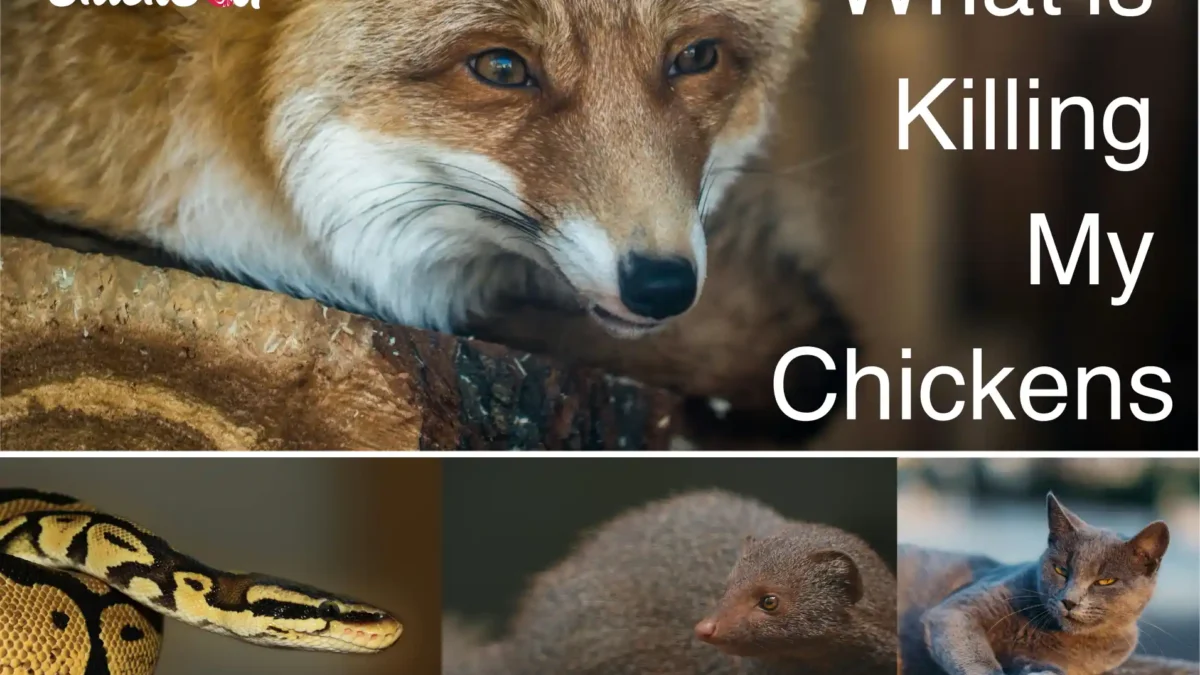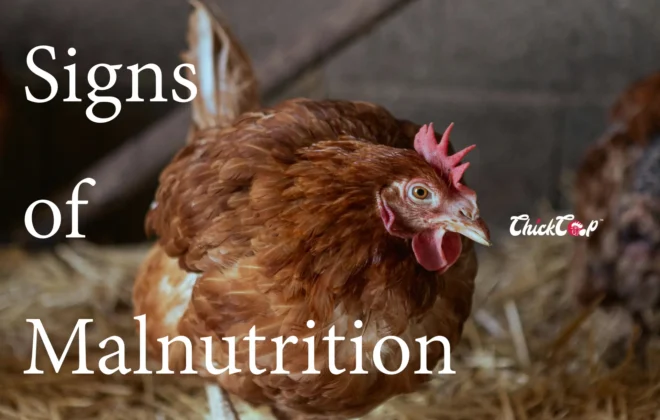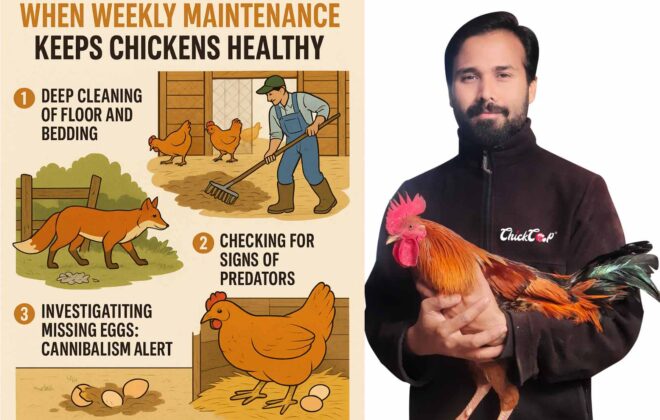
What Is Killing My Chickens?
Raising chickens can be deeply rewarding—until one morning you walk into your coop and find feathers scattered, birds missing, or worse, dead. If you’ve asked yourself, “What is killing my birds?”, you’re not alone. Predators, disease, and even fellow chickens can be the culprits.
With the right knowledge and some sharp observation, you can figure out *what’s going wrong*—and stop it in its tracks.
1. Look for the Clues: Every Death Tells a Story
Here’s what seasoned chicken keepers know: the condition of the bird and the time of attack often point straight to the predator. Use the chart below to compare the symptoms you’re seeing.
Common Scenarios and What They Mean
Multiple Birds Mauled
- Likely Time: Anytime
- Culprit: Dogs or cats often kill for sport, not food. Expect mess, feathers, and damage.
Vent Area Wounds on Pullets
- Likely Time: Day
- Culprit: Chickens themselves. Pecking order disputes or curiosity can get brutal.
Slice Wounds on Back
- Likely Time: Day
- Culprit: Overactive roosters. Treading injuries are common with too few hens.
Missing Toes or Tail Wounds
* Likely Time: Day
- Culprit: Cannibalism by chickens, especially in cramped, stressful conditions.
Night Bites on Breast or Thigh
- Likely Time: Night
- Culprit: Opossum. Silent and stealthy, they go for easy meat.
Hock Bites
- Likely Time: Night
- Culprit: Rats, often slipping in through tiny gaps in the coop.
What If Several Birds Are Killed at Once?
Fence Torn, Feet Pulled Through
- Likely Time: Anytime
- Culprit: Dog or cat, pulling at birds from outside the cage.
Neatly Piled Bodies, Small Neck Bites
- Likely Time: Night
- Culprit: Mink or mongoose, who often kill more than they can eat.
Small Bites, Bruised Heads, Skunk Odor
- Likely Time: Night
- Culprit: Weasel or mongoose. Skunks may also leave faint scent traces.
Rear End Eaten, Intestines Pulled
- Likely Time: Night
- Culprit: Fisher or marten, stash the birds to eat later.
| BIRDS KILLED CAUSE | ||
| Evidences or Clues | Likely Time | Predators |
| Multiple birds mauled | Anytime | Dog or Cat |
| Pullet wounded around vent area | Day | Chickens (pick out) |
| Hen with slice wounds along sides of the back | Day | Roosters (Treading) |
| Growing birds with missing toes or wound near top of the tail | Day | Chickens (Cannibalism) |
| Growing birds with bites on breast or thigh | Night | Opossum |
| Growing birds with bites around hock | Night | Rat |
| SEVERAL BIRDS KILLED | ||
| Evidences or Clues | Likely Time | Predators |
| Birds mauled, but not eaten; fence or building torn into: feet pulled through cage bottom and bitten out | Anytime | Dog or Domestic Cat |
| Bodies neatly piled. killed by small bites on neck and body | Night | Mink or Mongoose |
| Birds killed by small bites on neck and body, bruises on head and under wings. Bodies neatly piled. faint skunk odor | Night | Weasel or Mongoose |
| Rear end bitten, intestines pulled out; bodies stashed and eaten later | Night | Fisher, Marten |
| Bloodied bodies surrounded by scattered feathers | Night | Ferret, Fisher, Marten, Mink or Mongoose |
| Chicks dead; may be faint lingering odor | Night | Skunk |
| Back of heads and necks eaten | Night | Mink, Weasel |
| Heads and Crops Eaten | Every 5-7 Nights | Raccoon |
| EGGS MISSING FROM NEST | ||
| Evidences or Clues | Likely Time | Predators |
| No Clues | Day | Snake |
| Empty shells in and around nests | Anytime | Dog |
| Empty shells in nest or’ near housing | Night | Crow, jay |
| No Clues | Night | Skunk |
| No clues or empty shells in and around nests: may be faint lingering odour | Night | Raccoon, Mink |
| Empty shells in and around nests | Nightly | Opossum |
What Should You Do?
Start by tracking three things:
- Time of day the losses occur
- Physical injuries or clues left behind
- Any breaches in your coop or signs of digging
Use a trail camera if needed to catch the culprit in action.
ChickCoop® Tip: Build Your Fortress
Most poultry losses are preventable with better coop security and good flock observation.
✔️ Use hardware cloth—not chicken wire—for predator-proofing
✔️ Close all ventilation holes at night
✔️ Remove food before dusk to avoid attracting rodents
✔️ Limit overcrowding and stress in the flock
✔️ Provide roosting bars and clean, dry bedding
Final Words
If you’re losing birds, you’re not cursed—you’re just under-informed. But now you’ve got the detective tools to figure it out.
And remember, every clue counts. One feather out of place today might prevent a massacre tomorrow.
From all of us at ChickCoop® — keep your coop clean, safe, and secure. Your flock is counting on you.
Raising chickens can be one of the most rewarding aspects of homesteading or small-scale farming. But few things are more devastating than discovering your birds injured, missing—or worse. Understanding the signs of an attack can help you protect your flock before more damage is done.
At ChickCoop®, we’re more than just a Chicken Company, writing interesting blogs about them– we’re your trusted partner in building a modernized, sustainable and profitable farm. From breed selection to buy-back support, feed guidance, and modern farm management tips, we ensure farmers like you achieve the best results and profits.
Call us today to discuss your farming needs
📧 Email us at: write@chickcoop.in
📞 Call us: +91-9939209699
At ChickCoop®, we believe prevention starts with knowledge. Let’s explore common clues that help you identify which predator may be targeting your chickens.


